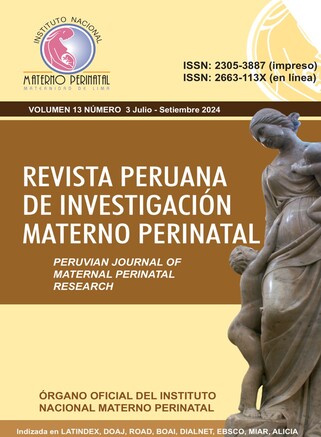Hepatic Ectopic Pregnancy: Case Report
##plugins.themes.bootstrap3.article.main##
Abstract
Introduction: Hepatic ectopic pregnancy (HEP) is an extraordinarily rare form of extrauterine implantation, associated with a high risk of hemorrhagic complications and maternal mortality. Case presentation: This case illustrates the clinical presentation, diagnosis, and management of a 30-year-old patient with complicated HEP. The diagnosis was confirmed through abdominal ultrasound, revealing a viable fetus implanted in the right hepatic lobe. Due to hemodynamic instability, an urgent laparotomy was performed with hepatic resection and in situ management of the placenta, combined with methotrexate therapy to prevent complications related to residual placental tissue. Conclusion: The reported experience underscores the importance of early diagnosis using advanced imaging and a multidisciplinary approach to reduce morbidity and mortality in critical conditions. It provides key evidence for optimizing clinical strategies, especially in resource- limited settings, contributing to the design of safer and more effective maternal health protocols.
Downloads
##plugins.themes.bootstrap3.article.details##
How to Cite

This work is licensed under a Creative Commons Attribution 4.0 International License.

